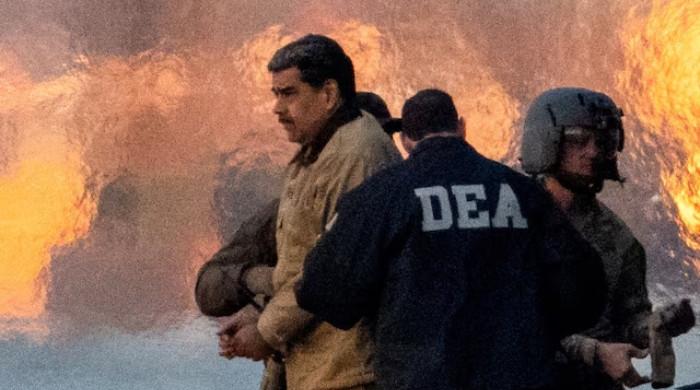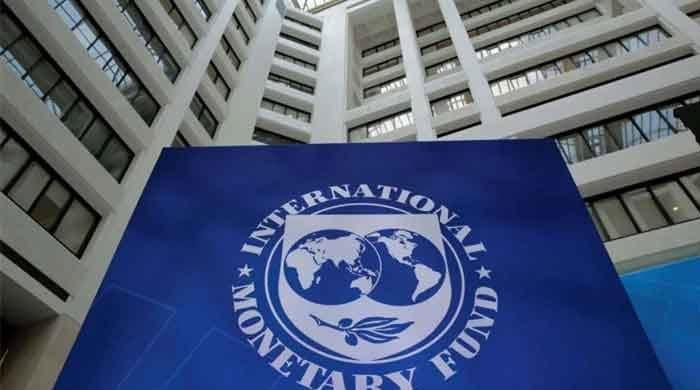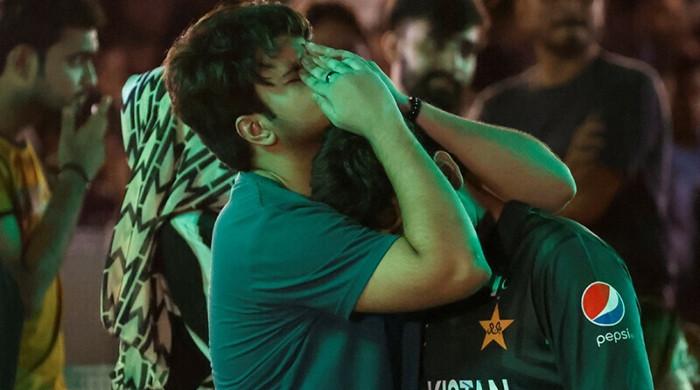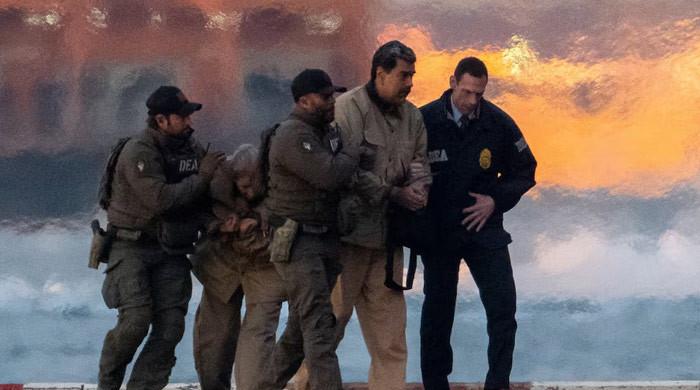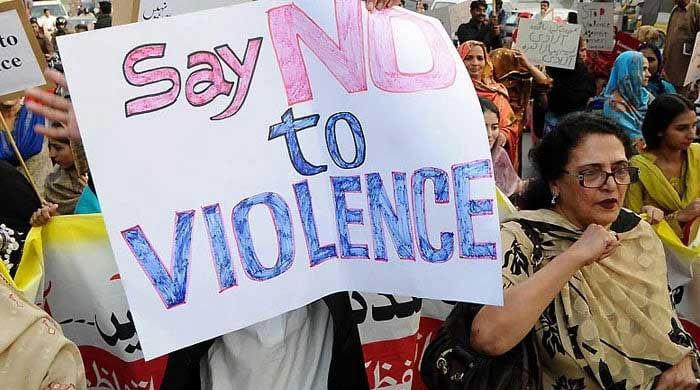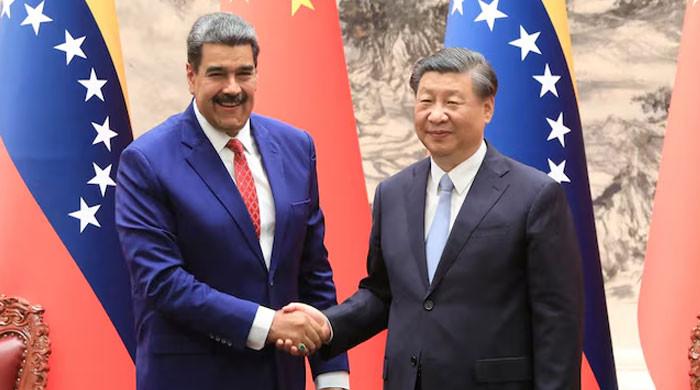Peshawar’s BRT: A comedy of errors?
Poor planning is evident in the Rs49 billion project
March 21, 2018
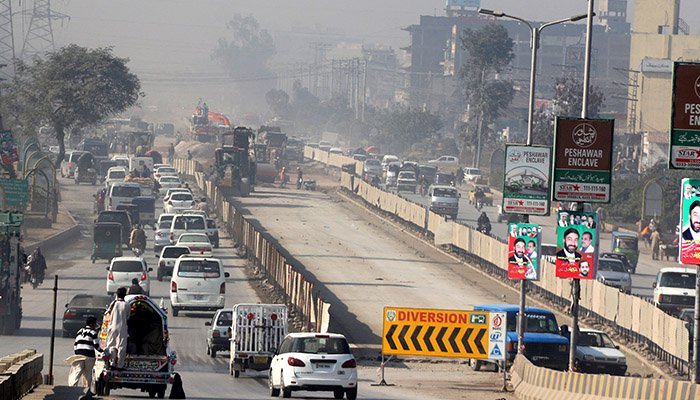
There is a standard procedure, world over, before any project is initiated –well, unless you are building a sand castle. First, an idea or concept is outlined, then a pre-construction planning document is prepared, also known as the PC-1. This usually is a thick tome of papers that define the building methodology to guide the construction. Finally, once all paperwork is exhausted, the on groundwork begins.
But the Peshawar’s first Rapid-Bus-Transit (BRT) line is unique. Its planners never felt the need to draw up a PC-1. Which is why soon after construction began, it ran into troubles. Troubles that could have been avoided with a simple paper blueprint. For example, work on the Hashtnagri area of the Grand Trunk Road had to be halted, mid-way. Why? Because the BRT track would have blocked five U-turns that led from Gulbahar to the Sikander Pur neighbourhood of Peshawar, and essentially block access to the Arbab Sikandar Khan flyover that connects the two areas. Hence, after much scratching of the heads, the planners were forced to return to the drawing board. Days later, it was decided to build a flyover parallel to the Arbab Sikandar Khan to accommodate the bus track.
At another site, near Peshawar’s Firdous Cinema, the BRT team was ferociously digging up a long underpass, when it realised that the undergoing work was putting the Shahi Katha, a 150-year-old drainage system, at risk of overflowing and flooding nearby areas. Work came to a screeching halt. The trenches were quickly filled up again. For those who don’t know, the Shahi Katha was built during the reign of Maharaja Ranjit Singh. Its network of sewers is spread over ten kilometres and it is to this day the main sewage line of the city. Every child in Peshawar has heard of or read about the historical importance of this ancient drainage system. Except, it seems, for the far-sighted officials, who are now deliberating on whether to entirely take apart the drains and continue building or to keep their track at ground level?
Now onto the Malik Saad Flyover near the Khyber Pakhtunkhwa assembly. This project has a sad history. It was initiated under the Muttahida Majlis-i-Amal (MMA) in 2002. They could not complete it in their five-year tenure. Next, in power, was the Awami National Party (ANP), which could also not finish the project. Finally, the Pakistan Tehreek-e-Insaaf-led provincial government took three years and got the job done. But now that newly constructed bridge might be demolished again, to make way for the bus route.
There are several such moments of incredulity or comedy of errors. An underpass was completed near the Aman Chowk. But just before the finishing touches could be laid, they realised that the underpass did not have required height to let a bus pass through.
Poor planning is evident for this Rs49 billion project. One day it is decided to erect a bus station at the Karkhano Market. The next day that decision is scrapped. Last year, the provincial government spent Rs. 2 billion to beautify the GT road, which is now in ruins due to the BRT work.
Chief Minister Pervaiz Khattak had hoped to open Peshawar’s Bus-Rapid-Transit line by April, before the national elections. But there seems to be no clear verdict on when he will cut the ribbon.
Originally published in Jang News




